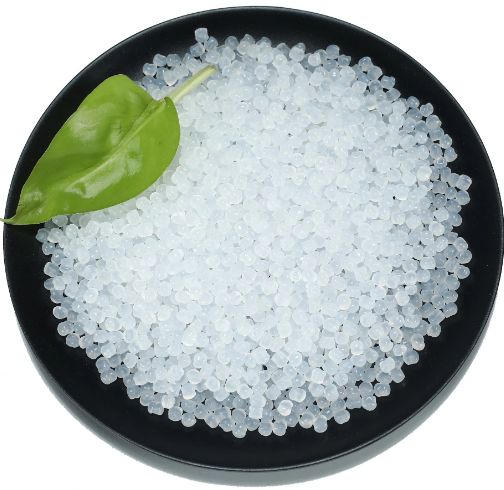Global Automotive Plastic Consumption Estimated to be 11.3 Million Tons
Modified plastic refers to resins/plastics obtained by adding appropriate modifiers to traditional general-purpose plastic resins such as POM, PC, PBT, PA, PPE,PP,HDPE etc., and modifying them through physical and chemical methods such as blending, filling, reinforcement, copolymerization, and cross-linking to improve their toughness, strength, tensile strength, impact resistance, flame retardancy, etc. Due to their excellent performance, modified plastic products are widely used in home appliances, automobiles, construction and other industries, among which home appliances and automobiles are the two largest application areas.
According to Transparency Market Research, the global demand for modified plastics was 125 million tons in 2012, and it is expected to increase to 170 million tons in 2019, with a compound annual growth rate of 4.5%. According to data released by China Industry Information Network, the output of modified plastics in China increased from 5.7 million tons in 2018 to more than 10 million tons in 2016, and the modification rate increased from 8% in 2018 to 19% in 2024.
Home appliances are currently the largest application area for modified plastics, accounting for 44% of the total consumption of modified plastics. The total domestic demand has exceeded 4 million tons/year, but due to the decline in the growth rate of the output of electrical appliances such as refrigerators, washing machines, air conditioners, and televisions, the growth rate of modified plastic demand in this field has slowed down to less than 5% in recent years. Affected by the demand for lightweight automobiles, the automotive industry has become the fastest growing area for modified plastics. According to Markets and Markets, the global consumption of automotive plastics is expected to increase from 7.1 million tons in 2012 to 11.3 million tons in 2018, with a compound growth rate of 13.4%.
In addition, the growth rate of domestic automobile production has been much higher than the global level in the past few years, and the amount of plastic used in a single car is much lower than that in developed countries such as Europe and the United States. There is huge room for development, especially the rapid development of new energy vehicles, which requires the support of lightweight materials. According to Asia Chemical Consulting, the compound growth rate of domestic automotive modified plastic demand will exceed 26% in the next five years.
